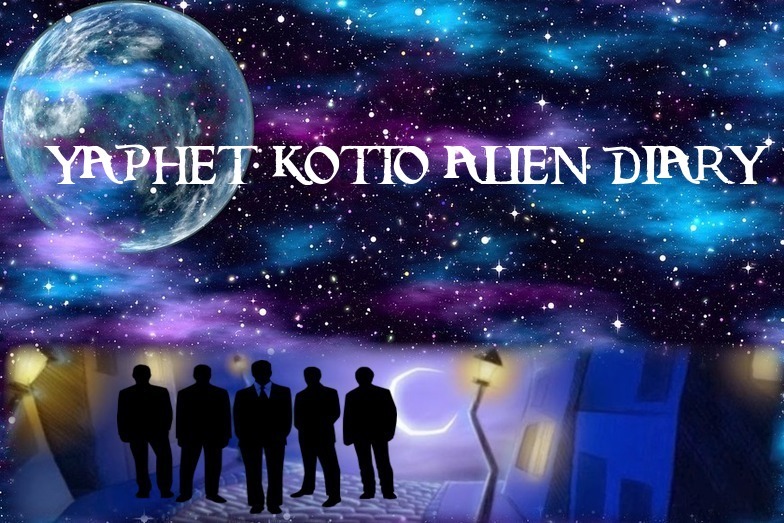The
Da Vinci Chronicles
(an
alien trilogy.)
By
Yaphet Kotto
Review
By Bernon Goldstein
J. Edgar Hoover's obsession with
blacks was well-known. In 1956, in the wake of the Supreme Court's school
desegregation decisions, Hoover fought with Attorney General Brownell over
Brownell's proposals for new civil rights laws and enforcement provisions.
Hoover declared that ``the specter of racial intermarriage'' was behind the
tensions over ``mixed schooling,'' and he attacked the NAACP and other civil
rights organizations, while defending and praising the White Citizens Councils
in the South. It was also in 1956 that Hoover launched the FBI's COINTELPRO
(Counter-Intelligence Program) which targeted civil rights groups and leaders,
among others.
When the investigation of Aliens
invasion came up, even the old-line Southern agents were bowing and bestowing
on Mr. Roman anything his ‘wonderful’ African American heart desired.
So when Mr. Roman walked into the
secret offices of the safe house and started shaking hands with the twelve
senior agents. The supervising agents of the team, Special Agent Fenton
Connor pretended to welcomed the black agent. "Whatever you need the
team is with you, we’re all for one and one for all..." came the smiling
Irish blarney from the agent who had been Primary on the UFO cases and sat on
information concerning a Creole woman, catholic nun Lilith Stacia, of the
Franciscan order AKA Medina Banneker. Making certain UFO reports on her never
went public
Review
By Virginia Scott
The Dogon Listening Woman of Africa
says that her mission in life is ". . . to convert man to his inherent
divinity,. to baptize him in the perfection of his soul and to initiate him
into the consciousness of his oneness with God, more truly, into
the full cognition of his absolute godliness." So this book, like Yaphet’s
recent journey, is written "to awaken man to truth." There are Aliens
living among us..
His style is well suited to an exposition
of the X- Files-neither too involved for pleasant reading nor too
simplified to explain principles which often require the use of similes and
metaphors. Color is added by the occasional use of parables, and many of the
individual sentences express so much that they are suitable for meditation.
In the introduction it is stated
that "The path of the X-Files is the path of pure
espionage, alien investigation. Sometimes it is called the
path of wisdom." On this path one does not study the relationship of Alien
and man because ". . . it is based upon the premise of absolute truth that
Men and Aliens are identical. According to the scriptures man
is God, and God is man. The question of relationship arises only in the state
of duality."
Neither
does this story deal with creation, nor with any relative state of
consciousness. "It takes for its subject matter the reality of Aliens
among us. Society comes within the scope of the relative... In the
universe we are to ask about Self, the Spirit, the Absolute. In it we
have no right to raise such questions as Why do we have a body? Why do we die?
Where do we go after death? What causes suffering? Here we are to devote
ourselves to gain the knowledge and realization of the Alien, who is bodiless,
birthless, deathless, omnipresent, conscious and blissful."

